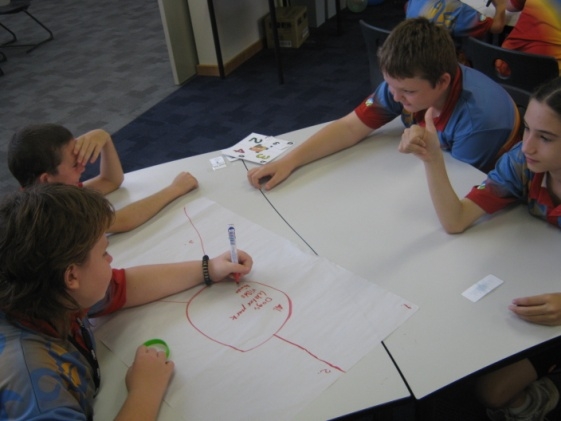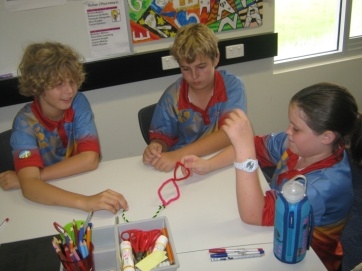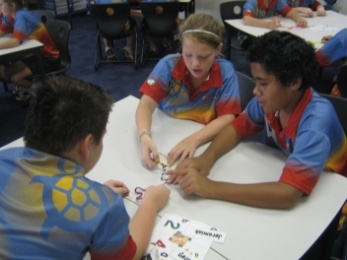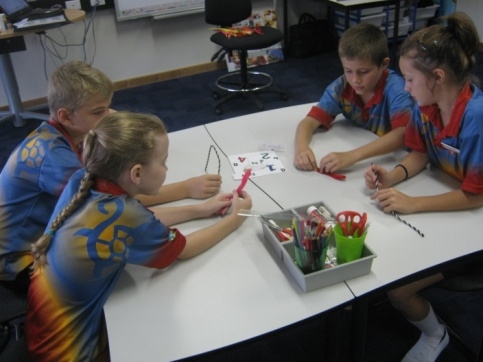We have chosen Kagan Cooperative Learning as the overarching pedagogical approach at Rosebery.
It is based on the creation, analysis and systematic application of structures, or content-free ways of organising social interaction in the classroom. Structures usually involve a series of steps, with prescribed behaviour at each step.
All Kagan structures are designed to maximise four attributes among students:
- Positive interdependence: ‘Is a gain for one, a gain for all?’
- Individual accountability: ‘Is there required individual performance?’
- Equal Participation: ‘How equal is the participation?’
- Simultaneous Interaction: ‘What percent of students are overtly active at any one time?’
The Kagan model defines over 150 repeatable, step-by-step, content-free ways to structure the interaction of student with each other, the curriculum, and the teacher. The structures are very empowering for a teacher. For example, once a teacher understands the steps of one simple structure, RallyRobin (student in pairs take turns saying something), the teacher can use RallyRobin to have young students name colours, for example, or older students name prime numbers.
RallyRobin can be used as a set for any lesson (name things you already know about the topic; name things you would like to learn about the topic), for practice (take turns inserting colourful adjectives into a sentence frame), or for closure (name things you have learned).
Once the teacher knows any one structure, the teacher can easily generate an infinite number of activities. The basic formula in the Kagan model is Structure + Content = Activity. The teacher merely ‘plugs in’ his/her content into one of the Kagan structures to create a new, engaging activity for students. Because the structures have the basic principles of cooperative learning ‘built in’ to their steps, the job of the teacher in creating solid cooperative learning activities is very easy.
You can find more information about Kagan here.




